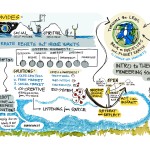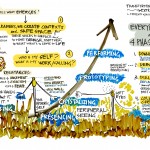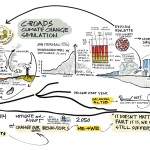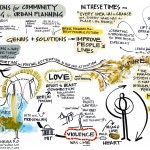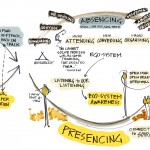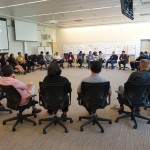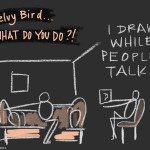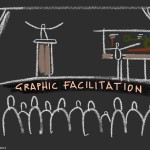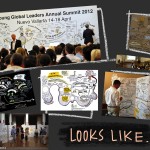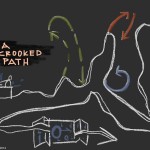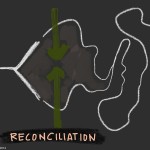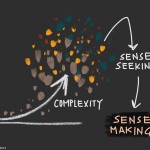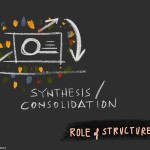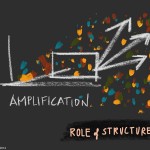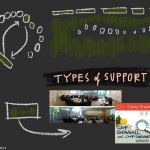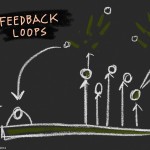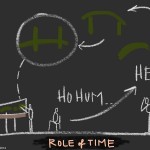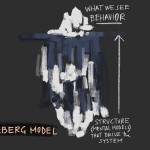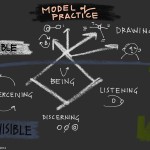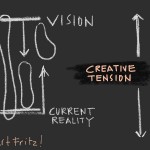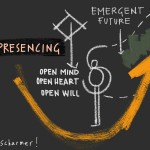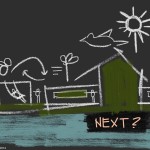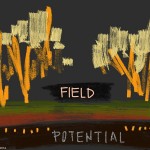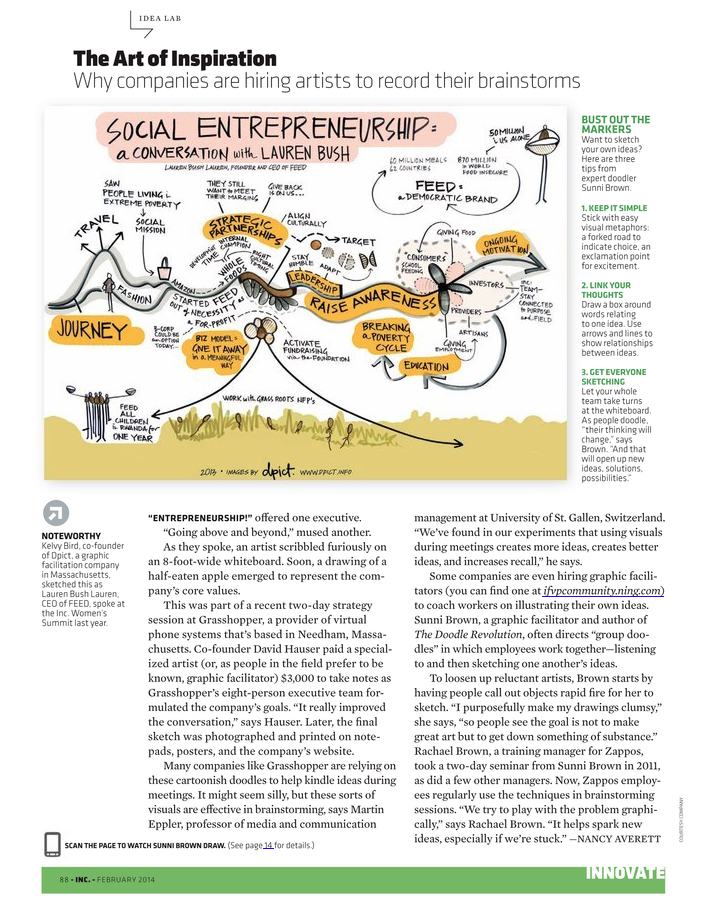Here is an attempt to share what i/we do, via PechaKucha Boston vol. 28 – May 22 – Oberon, Cambridge. (Relevant to note: while this was my very first time presenting in a public context, we have a pro in the family – my brother, Matthew Bird, speaks here on the PK format.) Lesson learned: no paper notes requiring page flipping! Or at least account for the time of the flip… And “Um…. ” Well… You can see for yourself…
What do I do?
I finally have it down to a sentence, which passes my mother test (the Jewish mother test, wanting to “get it” fast and directly…) “What I do is draw while people talk.” Okay, sometimes there might be a following question, which is “Uh… sooooo…..?” At which point I realize a bit more explanation is needed.
Graphic Facilitation
“What I do is model ideas, like making maps of a terrain, and in this case the terrain is a presentation, a meeting, a dialogue….” “Oh – so you help make pictures of what people say?” “Yes, exactly.” If I’m lucky, it stops here. Or, the next question: “So for this, you get paid?!”
dpict
To which I say, “YES. Not bad, right?” So is it a job? “Well sort of…” I founded a small company with 2 partners, within a global network of contractors, with whom we share work. We’re entirely virtual, working where and when needed, sometimes together, often on our own…. And the conversation continues.
Looks Like
Here are some examples of what it looks like…. From this point, it becomes a bit more nuanced to explain what it is I do. But for creative people who are seeking alternative paths of work, vocation, and contribution, it might be an interesting story to hear.
Crooked Path
It’s been a crooked path. I always loved drawing, from an early age, as a way to calm my mind and emotions. I studied painting and art history, and thought for sure I’d end up in a remote studio on a hillside. But what followed the time at school varied. Each step that seemed off the path actually enlarged the path, and drawing was a steady companion.
Reconciliation
People often ask how I got started. I won’t go into details, but I will say this: the now applied skill developed as early coping strategy for finding common threads between disparate parts, while at the same time honoring and appreciating difference. What I usually say is that I ended up at the right place at the right time, meeting a need in society.
Sense Making
We’ve all heard, and experience directly, the increasing complexity of our times, as well as an increased need for sense making. What I do is help make sense. We all perceive differently, and to create an image or a map, through which we take individual and collective journeys, is something that does take on utility.
Role of Structure: Synthesis
Depending on the needs of the crowd, I will use more synthetic approach, where I listen to lots of content and organize it into clusters, carefully framing and making connections, aiming to reduce the complexity and offer cohesion.
Role of Structure: Amplification
Other times, I use a more deconstructive approach, intentionally taking one concept and breaking it into parts, so that what seems like a knot is more easy to parse out. This would have the direct opposite effect of Synthesis, as the approach aims to surface and amplify complexity – expanding a conversation and prompting new thinking.
Types of Support
In terms of scale of support, sometimes we draw for groups of 10, other times up to 2,000. Sometimes for 3 hours. Other times for 6 hours a day, 8 days in a row (killer). Sometime we support a team for 1 event only. Other times we work up to 10 years with one client. Sometimes we wipe the dry erase boards down and leave no trace. Other times we thoroughly document and make products to further share the insights.
Feedback Loops
I find the feedback loops of this practice fascinating. There’s an audience – or a receiving body – that experiences the art form, which creates a loop of feedback even while drawing. I almost always feel the energy of a room at my back. It’s a kind of performance art, in an organizational or social context, with the content of many voices trying to understand where they are at in this point in time on our planet.
Joining a System
Many more times than not, I travel and work alone, maybe know the agenda, mostly have supplies in order at the venue. We join systems for small pieces of time, and if we’re lucky we work with the culture over time. But the longer-term impact of the “touch” of our drawings is still to be understood.
Role of Time
I am always delighted when someone who once seemed entirely disengaged in a session finds me after 10+ years and says “that one drawing that you did for us, the one of the person holding the earth… that really stuck with me …” In this business the RoV (Return on Value) is almost impossible to anticipate.
Iceberg
The iceberg model, used in system dynamics, helps explain this work further. We’re used to seeing events, actions, and behaviors – like the exposed tip of the iceberg. But the terrain we aim to touch with our graphics is at the level of structure – that less seen, in the domain of patterns and mental models.
Practice Model
To give a quick window into the practice itself, this is a model I made to decipher my process. Like the iceberg, what we see is the domain of drawing. And underneath, invisible, you’ll find the practices of: listening deeply, discerning what to represent, perceiving related content and dynamics, and being, at core.
Creative Tension
All this, while closely sensing the creative tension in the room. A wide gap between a group’s vision and current reality indicates a high level of tension. Noticing this, I would draw to offer some ease. Less tension, more alignment, might call for drawing out the voices of the dreamers and naysayers – to increase creativity in the conversation.
Adoption
I’ve been making a parallel recently with this work to photography, or other mediums in their infancy, when early adopters embraced a new tool and stretched it’s use and application. I believe that scribing is an art form of the 21st-century, increasingly included as a vehicle for insight to see, act, reflect, and learn about our times.
Presencing
This image speaks to something at the very core of what we do. “Presencing” – a concept of Otto Scharmer – asks us to suspend judgment, quiet cynicism, and move through fear, so that one can approach the work with an open mind, heart, and will – insuring space to receive what wants to come through into the room
Next?
I’m grateful for this opportunity to try to convey what we do, hoping to reinforce a belief in today’s creative population that our paths are ours to define. Schools are starting to transform from classroom structures to environments for makers and inventors. But we’re not quite there yet.
Field
We need people to take this out into the streets to merge it with other art forms, to take it beyond corporate environments, to take it into parts of society where money doesn’t define where creativity can flourish, to grow this practice so that visual communication becomes as commonplace as writing a sentence or talking with a friend.
Thank you.
